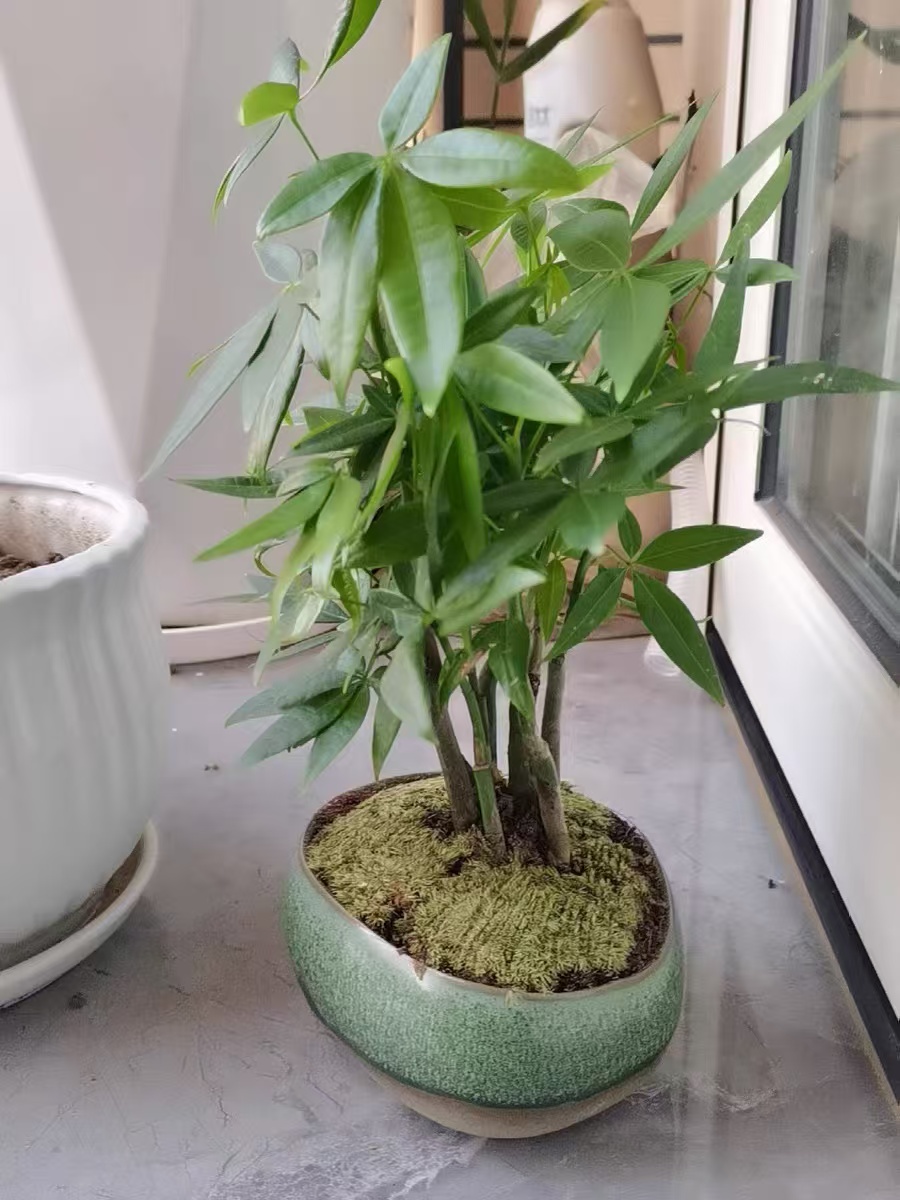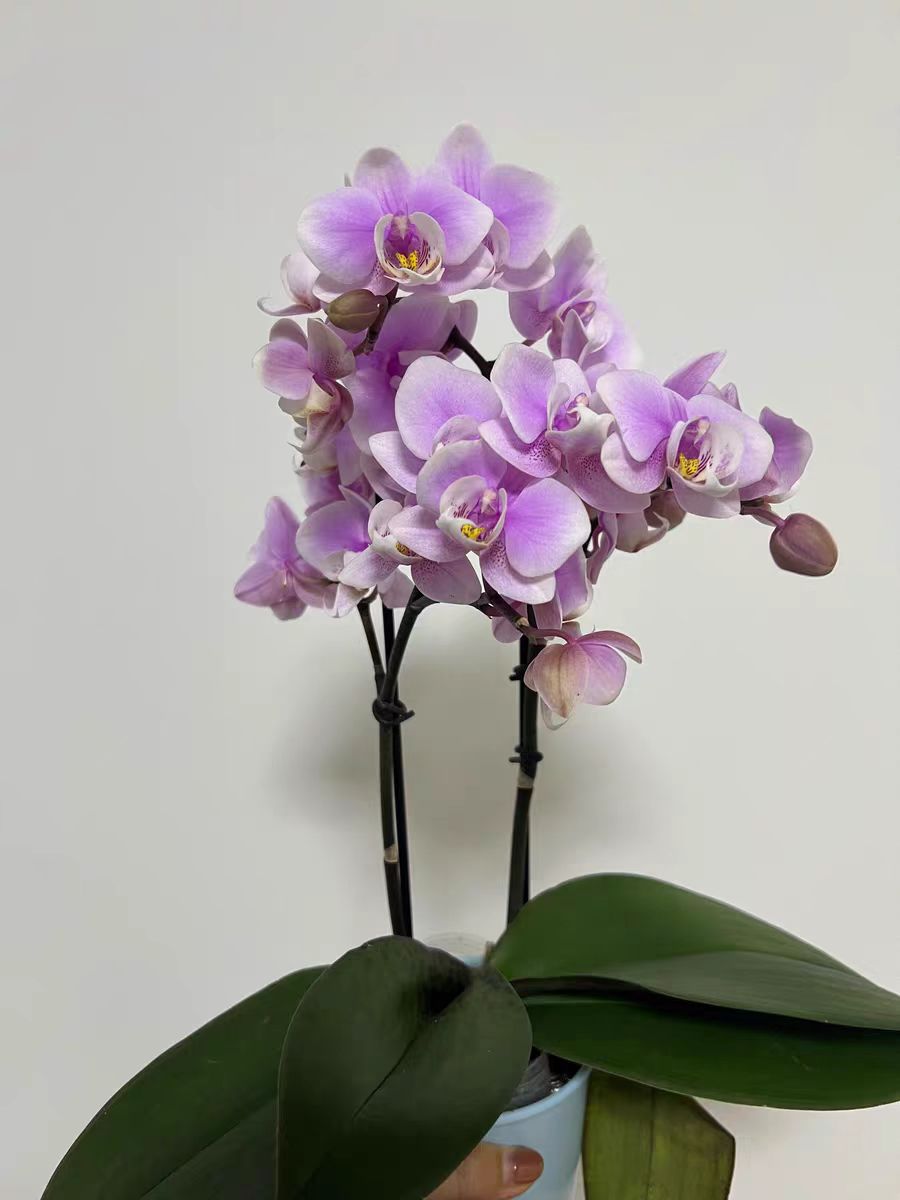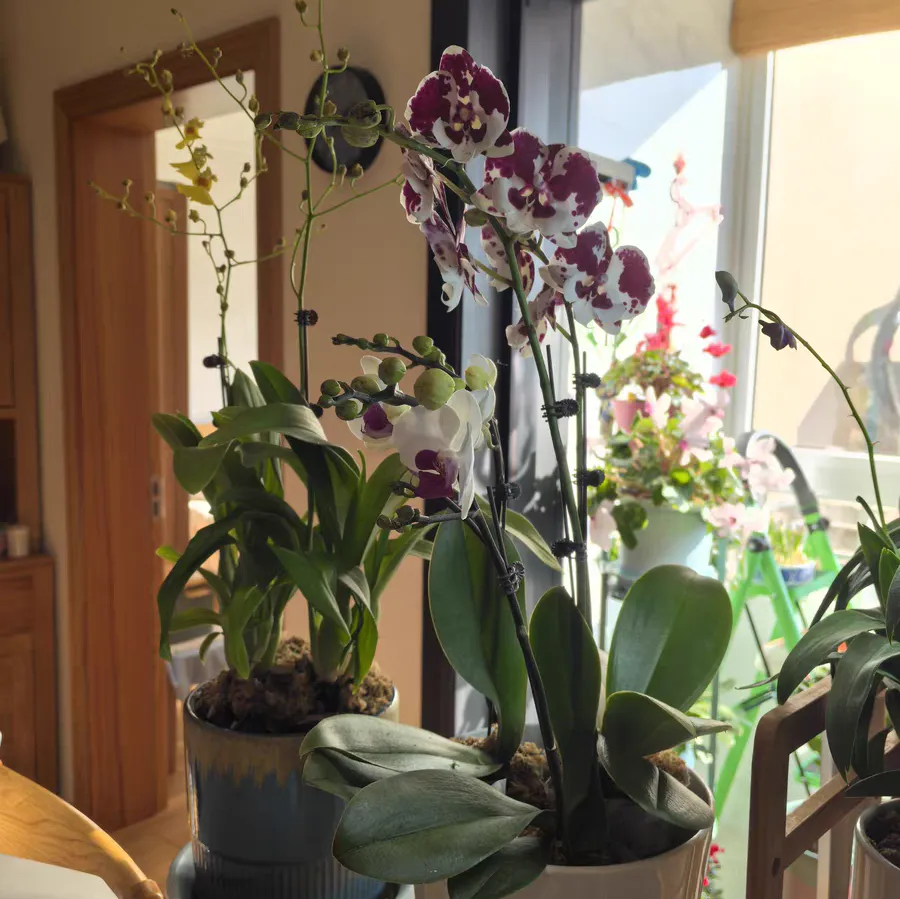Northeast China is known for its cold climate conditions. Therefore, when choosing flowers for household cultivation, cold tolerance becomes an important consideration factor. This article will recommend five types of flowers suitable for household cultivation in Northeast China. Each type of flower has its unique charm and the ability to adapt to the climate in Northeast China.
Erica carnea
Erica carnea is a sun-loving plant and requires ample sunlight to grow lushly. In Northeast China, the sunlight in spring and autumn is relatively mild, and it can be placed directly outdoors to receive full sunlight. When the sunlight is strong in summer, it is necessary to provide appropriate shading to prevent the leaves from being burned. Erica carnea has a certain adaptability to temperature, but extreme low temperatures should be avoided. In Northeast China, it is necessary to take good warming measures in winter to prevent frostbite. Erica carnea likes loose, fertile, and slightly acidic humus soil with good drainage and air permeability. Watering should follow the principle of "watering when the soil is dry and stopping when it is wet" to avoid root rot caused by waterlogging. Erica carnea can be propagated by means of sowing, cutting, and division. Before sowing, the seeds need to be soaked, covered with a thin layer of soil, and the soil should be kept moist. Cutting and division should be carried out during the vigorous growth period to improve the survival rate.
Paeonia lactiflora
Paeonia lactiflora likes ample sunlight and requires at least six hours of direct sunlight per day. In Northeast China, the sunlight in spring, summer, and autumn can meet its requirements. Paeonia lactiflora has a relatively wide range of adaptable temperatures and can generally grow normally within the range of 15 - 30°C. However, it is necessary to pay attention to keeping warm in winter, and the minimum temperature should not be lower than -10°C. Paeonia lactiflora likes loose, fertile, and well-drained soil. Watering should master the principle of "watering when the soil is dry and stopping when it is wet" to avoid root rot caused by waterlogging. During the growth process of Paeonia lactiflora, it is necessary to promptly trim the withered and yellow leaves and the leaves affected by pests and diseases to keep the plant neat and beautiful. At the same time, attention should be paid to fertilizing and changing the soil and pot to ensure the nutrients required for its continuous growth.
Narcissus
Narcissus likes a cool climate and ample sunlight. In Northeast China, when the indoor light is weak in winter, the light can be supplemented by artificial light sources. The suitable growth temperature of Narcissus is 10 - 15°C, and it can tolerate a low temperature of 0°C. When cultivating indoors in winter, it is necessary to pay attention to keeping warm to prevent frostbite.
Narcissus likes water and moisture, especially during the vigorous growth and development period, it is necessary to keep the pot soil moist. However, attention should be paid to the frequency of water change and the cleanliness of water quality to avoid root rot. Narcissus is mainly propagated by dividing bulbs, and it can also be propagated by seeds, but the cycle is longer. The flowering period can be adjusted by controlling the cultivation time and temperature.
Oncidium
Oncidium is suitable for growing in an environment with ample sunlight and good ventilation. In Northeast China, in spring and autumn, it can be placed directly outdoors to receive sunlight; in summer, it is necessary to provide appropriate shading to prevent sunburn. Oncidium has a certain adaptability to temperature, but extreme high and low temperatures should be avoided. In Northeast China, it is necessary to take good warming measures in winter. Oncidium can be cultivated in various ways such as potting, hydroponics, and hanging pots. When potting, it is necessary to select pot soil with good air permeability and keep the temperature and humidity of the pot soil appropriate; when hydroponics, it is necessary to regularly change the nutrient solution and observe the growth situation of the roots.
Cyclamen
Cyclamen likes sunlight but avoids direct strong sunlight. In Northeast China, in spring and autumn, it can be placed directly outdoors to receive sunlight; in summer, it is necessary to move it to a cool place indoors for maintenance. The suitable growth temperature of Cyclamen is 10 - 20°C, and it will stop growing when the temperature is below 5°C or above 30°C. It is necessary to pay attention to keeping warm in winter to prevent frostbite. When watering Cyclamen, it is necessary to do it moderately to keep the pot soil moist but not too wet to prevent root rot; during the growth period, it is necessary to fertilize regularly to ensure the nutrients required for its growth. Summer is the dormant period of Cyclamen, and it is necessary to reduce the amount of watering and keep the pot soil slightly dry; at the same time, it is necessary to promptly trim the withered and yellow and aged branches and leaves to reduce the consumption of nutrients.
All of the above five types of flowers are suitable for household cultivation in Northeast China. They not only have unique ornamental values but also can add a sense of vitality to the household. During the cultivation process, it is necessary to pay attention to carrying out reasonable management and maintenance according to their growth habits and climate conditions to ensure their healthy growth and the blooming of beautiful flowers.
What Flowers Are Good for Household Cultivation in Northeast China?

Share with
Tagged in :




Leave a Reply